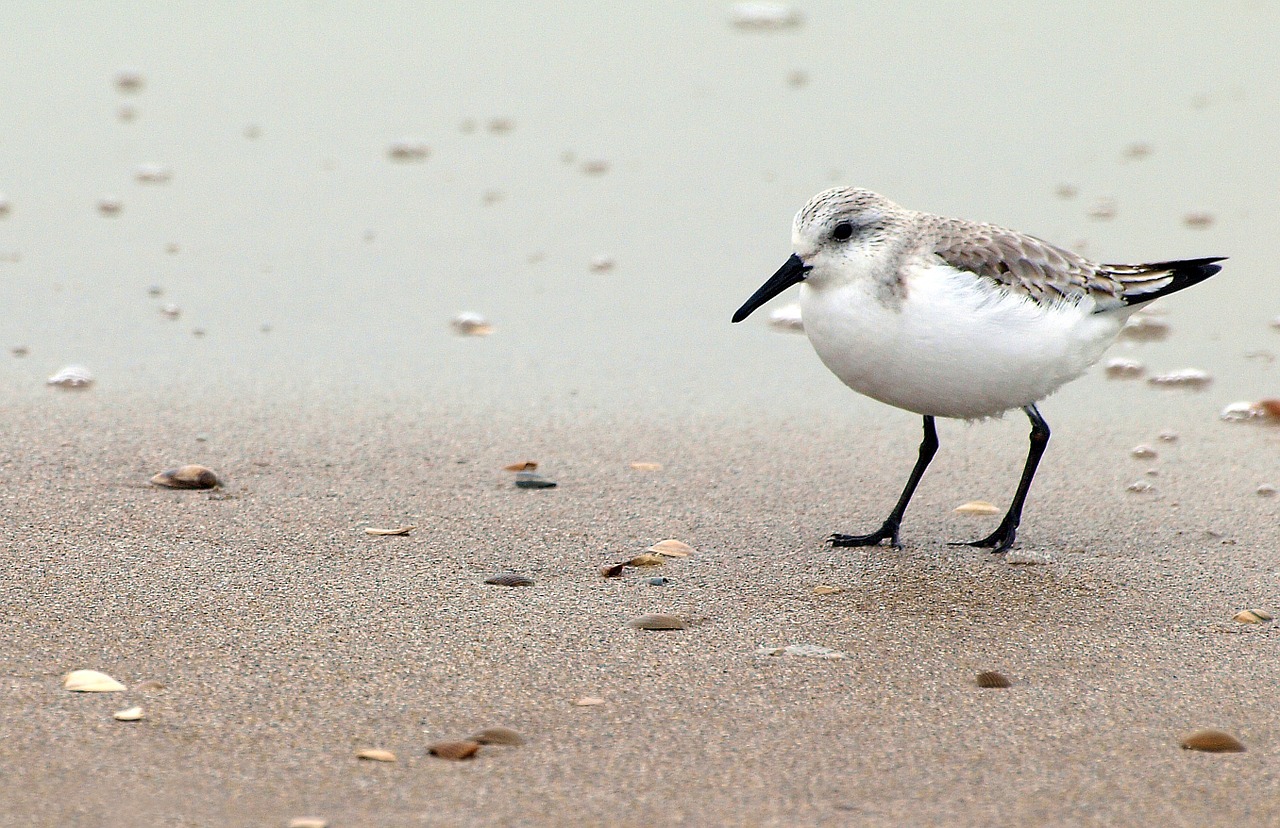Vårflyttningen hos sandlöpare Calidris alba, småsnäppa C. minuta och spovsnäppa C. ferruginea över Sverige
DOI:
https://doi.org/10.34080/os.v5.23005Nyckelord:
tid för migration, fenologi, häckningsbiologi, populationsstudierAbstract
The timing and regional distribution of the spring migration of Sanderling Calidris alba, Little Stint C. minuta and Curlew Sandpiper C. ferruginea in Sweden are reported. Few birds were observed before May. The migration period was unimodal in all three species, with a median date of 29 May for Sanderling (n=1,939), 24 May for Little Stint (n=1,851) and 25 May for Curlew Sandpiper (n=674). Curlew Sandpipers appeared significantly earlier in the north of Sweden than in the south. In all three species, the majority of birds were observed in southern Sweden. However, a considerable proportion (almost one third) of the Little Stints were recorded in northern Sweden. In the Sanderling, 28% of the birds were sightings of single individuals or parties of 25 birds. A sizable proportion (40%) of the Sanderlings occurred in flocks of 20 birds or more. The large flocks were mainly seen in early June. Most records of Little Stints and Curlew Sandpipers referred to 1–5 birds (61% and 74%, respectively). The majority of the birds observed in southern Sweden were most likely en route for breeding areas on the Taimyr peninsula. Little Stints recorded in northern Sweden were, however, more likely bound for northern Norway and northwestern Russia. The movements through Sweden are discussed in relation to the overall migration patterns of these species through the western Palaearctic.
Nedladdningar

Downloads
Publicerad
Referera så här
Nummer
Sektion
Licens
Författaren/författarna innehar copyright för varje enskilt bidrag, men samtliga bidrag är publicerade under en Creative Commons-licens, så att vem som helst kan dela och återanvända bidraget förutsatt att copyright-innehavaren erkänns.







